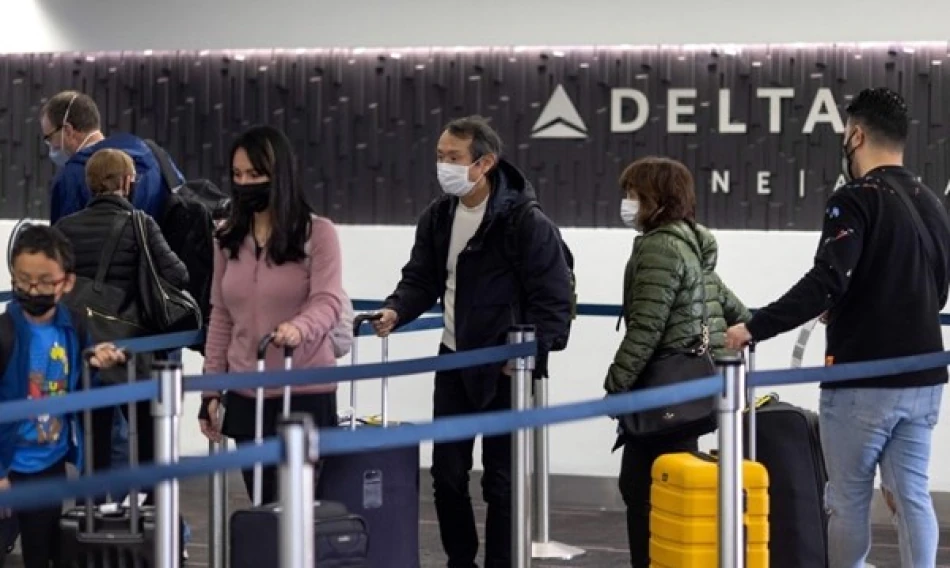
25 Injured as American Passenger Plane Makes Emergency Landing
Delta Flight's Severe Turbulence Forces Emergency Landing, Hospitalizes 24 Passengers
A Delta Air Lines flight bound for Amsterdam was forced to make an emergency landing in Minneapolis after encountering severe turbulence less than an hour into what should have been a routine nine-hour journey. The incident highlights growing concerns about turbulence-related injuries as climate change potentially intensifies atmospheric disturbances at cruising altitudes.
The Incident: From Routine Flight to Medical Emergency
Delta Flight operating from Salt Lake City, Utah to Amsterdam encountered severe turbulence shortly after takeoff, forcing pilots to divert to Minneapolis-St. Paul International Airport. The Airbus A330neo, carrying 275 passengers and 13 crew members, landed safely despite the challenging conditions.
At least 24 people required hospitalization following the turbulence event, with Delta's official statement citing 25 individuals transported to local medical facilities. The discrepancy in numbers suggests the fluid nature of medical assessments following such incidents, where some passengers may initially decline treatment before symptoms worsen.
Rising Turbulence Incidents Across Aviation Industry
This incident adds to a concerning trend of severe turbulence events affecting commercial aviation. Recent studies suggest that clear-air turbulence—the most dangerous type because it's invisible to radar—has increased by up to 55% in some flight corridors since the 1970s, largely attributed to climate change effects on jet streams.
Comparative Context
Similar incidents have plagued other major carriers recently. Singapore Airlines faced a fatal turbulence event in May 2024 that killed one passenger and injured dozens others. United Airlines has reported multiple turbulence-related diversions this year, while European carriers operating transatlantic routes have noted increased reports of moderate to severe turbulence encounters.
Aviation Safety and Economic Implications
For airlines, turbulence-related incidents represent both immediate operational costs and longer-term liability concerns. Emergency landings typically cost carriers between $150,000 to $500,000 in direct expenses, including fuel dumping, crew overtime, passenger accommodations, and aircraft repositioning.
Insurance and liability considerations are becoming increasingly complex as turbulence incidents rise. Airlines face growing pressure to invest in advanced weather radar systems and real-time atmospheric monitoring technology, despite the significant capital requirements.
Regulatory Response and Industry Adaptation
The Federal Aviation Administration has been working with airlines to improve turbulence prediction and reporting systems. New technologies, including LIDAR-based detection systems, are being tested to identify clear-air turbulence before aircraft encounter it.
Delta's quick response and successful emergency landing demonstrate the effectiveness of current pilot training and aircraft safety systems. However, the number of hospitalizations suggests that passenger education about seatbelt compliance during flight may need reinforcement, as most turbulence injuries occur when passengers are not properly secured.
Looking Forward: Climate Change and Flight Safety
This incident underscores the aviation industry's need to adapt to changing atmospheric conditions. Airlines are increasingly investing in sophisticated weather modeling systems and adjusting flight paths to avoid known turbulence zones, even if it means longer flight times and higher fuel costs.
The Minneapolis diversion serves as a reminder that modern aviation, while remarkably safe, must continuously evolve to address new challenges posed by our changing climate and its effects on atmospheric stability.
 Layla Al Mansoori
Layla Al Mansoori







